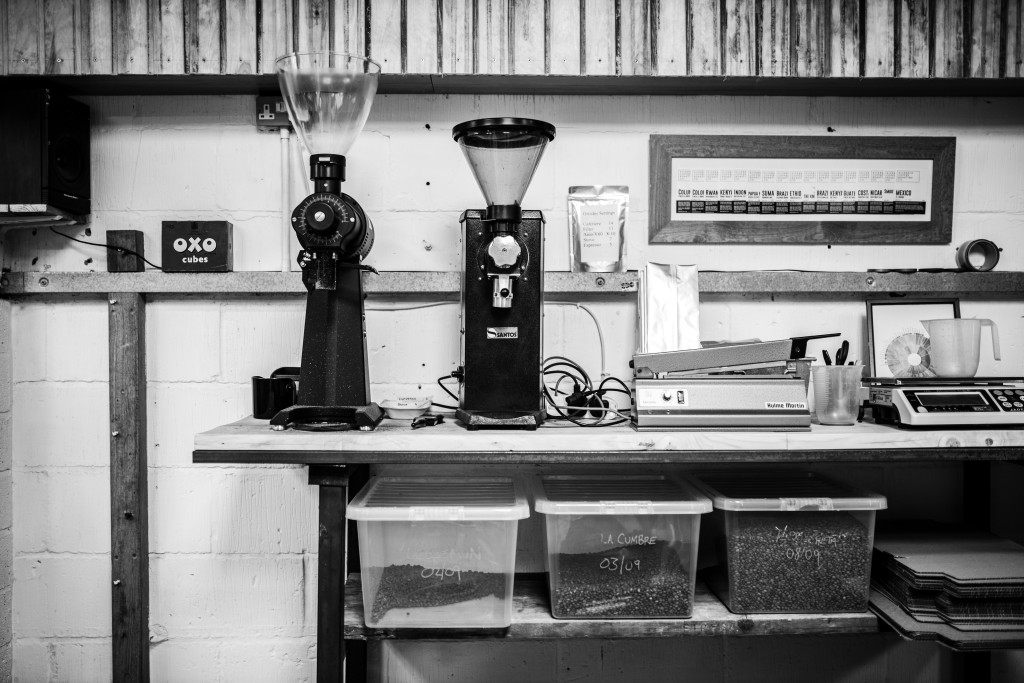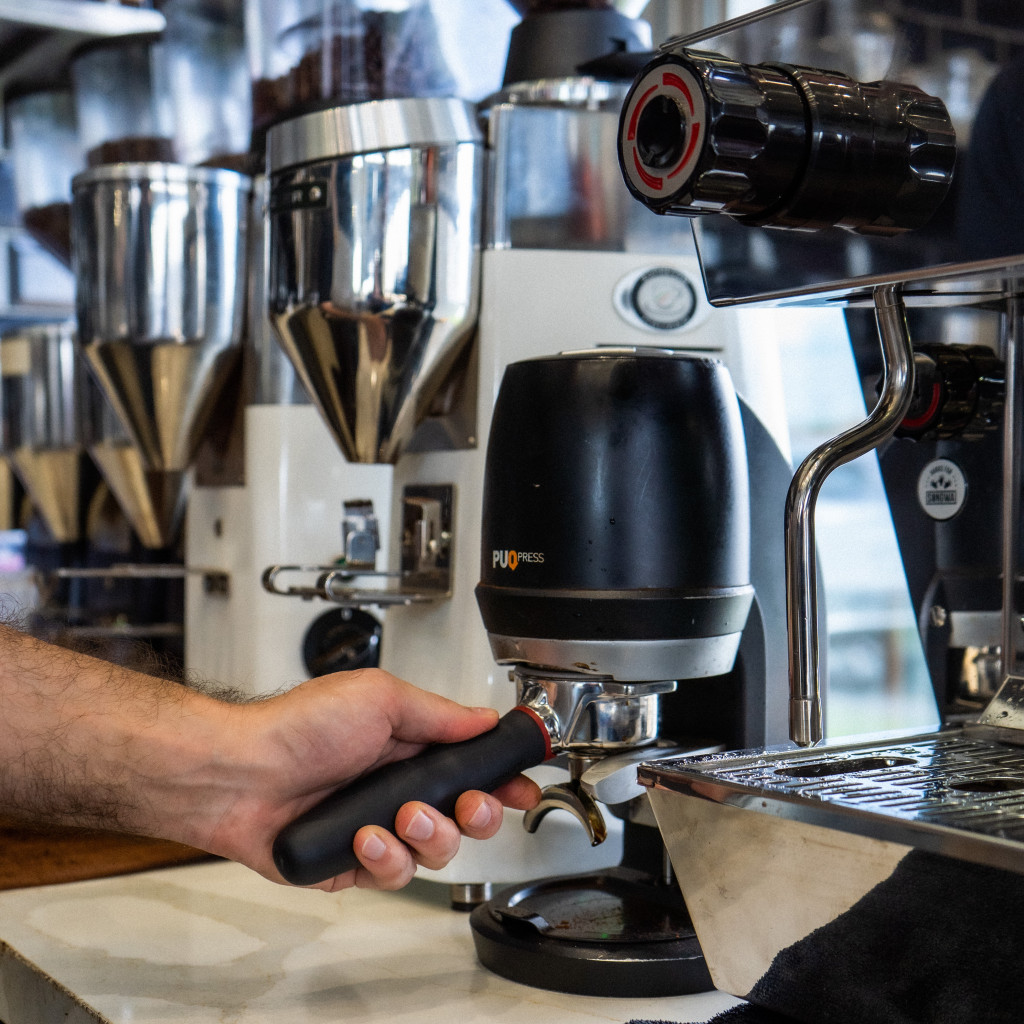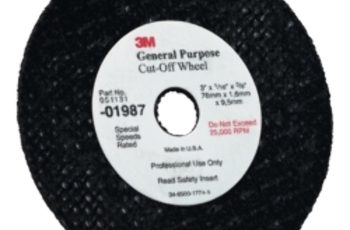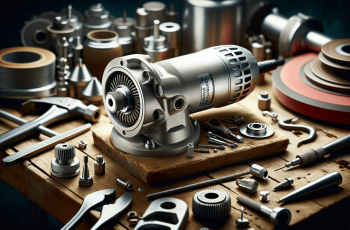Are you in the market for a new die grinder but can’t decide between an electric or pneumatic model? Look no further! In this article, we will compare electric and pneumatic die grinders, highlighting their key differences and helping you make an informed decision. Whether you’re a professional tradesperson or a DIY enthusiast, understanding the benefits and drawbacks of each type of die grinder will ultimately lead you to the right tool for your needs. So, let’s get started and explore the world of electric and pneumatic die grinders!
Power Source
Electric Die Grinders
Electric die grinders are powered by electricity, typically through a cord that is plugged into an electrical outlet. They are popular for their convenience and ability to provide consistent power without the need for an air compressor. Electric die grinders often come with variable speed settings, allowing you to adjust the speed according to your specific needs. This versatility makes them suitable for a wide range of applications, from polishing and grinding to cutting and shaping.
Pneumatic Die Grinders
Pneumatic die grinders, on the other hand, are powered by compressed air. They require an air compressor to provide the necessary power to operate. The advantage of pneumatic die grinders is that they tend to be more lightweight compared to their electric counterparts. This makes them easier to handle and maneuver, especially in tight spaces. Additionally, pneumatic die grinders are known for their high torque output, which makes them especially effective for heavy-duty tasks.
Performance
Speed
When it comes to speed, electric die grinders have the edge. They are generally capable of higher RPM (Rotations Per Minute) compared to pneumatic die grinders. This means that electric die grinders allow for faster material removal, making them ideal for tasks that require precision and efficiency. Pneumatic die grinders, on the other hand, tend to have lower RPM, which can result in slower grinding or cutting speeds.
Torque
In terms of torque, pneumatic die grinders come out on top. The compressed air that powers these tools provides a high level of torque, allowing for more forceful grinding or cutting. This makes pneumatic die grinders particularly effective for heavy-duty applications, such as removing rust or welding slag. Electric die grinders, while still capable of producing a decent amount of torque, may not match the torque output of their pneumatic counterparts.
Durability
Both electric and pneumatic die grinders are designed to withstand heavy use, but pneumatic die grinders tend to be more durable in the long run. Their simple and robust design, without the need for electrical components, makes them less prone to overheating or mechanical failures. Electric die grinders, while still reliable, may require periodic maintenance or repairs to ensure optimal performance.

Portability
Electric Die Grinders
Electric die grinders offer the advantage of being highly portable. With a simple electrical cord, you can easily move them from one worksite to another. However, their portability is limited by the availability of electrical outlets. If you are working in an area without access to electricity, electric die grinders may not be as practical.
Pneumatic Die Grinders
Pneumatic die grinders are known for their excellent portability. Since they are powered by compressed air, they do not require access to electricity. This means that you can use them in remote locations or in areas without electrical outlets. The only requirement is an air compressor, which can be transported easily if needed. This portability makes pneumatic die grinders popular among professionals who frequently work on different job sites.
Cost
Initial Cost
When it comes to the initial cost, electric die grinders are generally more affordable compared to pneumatic die grinders. Electric die grinders do not require the purchase of an air compressor, which can be a significant investment. With electric die grinders, you simply plug them in and start working. On the other hand, pneumatic die grinders require the additional cost of an air compressor, which can vary greatly in price depending on its size and specifications.
Maintenance Cost
In terms of maintenance cost, electric die grinders may require more regular maintenance compared to pneumatic die grinders. Electric die grinders often have electrical components that may need repairs or replacements over time. Additionally, electric die grinders may require periodic lubrication or cleaning. Pneumatic die grinders, with their simpler design, typically require less maintenance. However, it is important to ensure that the air compressor is properly maintained and serviced to ensure reliable operation of the pneumatic die grinder.

Versatility
Electric Die Grinders
Electric die grinders are highly versatile tools, suitable for various applications. They can be used for grinding, polishing, cutting, shaping, and more. Many electric die grinders come with adjustable speed settings, allowing you to customize the tool’s performance to suit your specific needs. This versatility makes electric die grinders popular among professionals and hobbyists alike.
Pneumatic Die Grinders
While pneumatic die grinders may not offer the same level of versatility as electric die grinders, they are still capable of performing a wide range of tasks. They excel in heavy-duty applications, such as welding preparation or material removal. Pneumatic die grinders are often used in automotive workshops and manufacturing industries where high torque and durability are required.
Ease of Use
Electric Die Grinders
Electric die grinders are generally considered easier to use, especially for beginners. They simply need to be plugged in and switched on to start operating. The variable speed settings allow for easy adjustment, and the consistent power supply ensures a smooth and consistent performance. Electric die grinders also tend to have ergonomic designs that provide comfort during extended use.
Pneumatic Die Grinders
Pneumatic die grinders may require a bit more skill and experience to operate effectively. They need to be connected to an air compressor, and the air pressure needs to be adjusted correctly for optimal performance. However, once you have mastered the setup, pneumatic die grinders can be operated with ease. They are lightweight and easy to handle, making them suitable for long hours of use.

Noise Level
Electric Die Grinders
Electric die grinders tend to produce more noise compared to pneumatic die grinders. The electric motor generates a certain level of noise when in operation, which can be a factor to consider, especially in settings where noise is a concern. However, advancements in technology have resulted in quieter electric die grinders that minimize noise levels.
Pneumatic Die Grinders
Pneumatic die grinders are generally quieter compared to electric die grinders. The sound produced by the compressed air is generally less noticeable, making pneumatic die grinders a preferred choice in noise-sensitive environments. However, it is important to note that the noise level can still vary depending on the specific model and air compressor used.
Safety
Electric Die Grinders
Electric die grinders come with safety features that help protect users during operation. Many models feature safety switches or locking mechanisms to prevent accidental startups. Some also have additional safety features such as overheating protection or electronic feedback control to ensure safe and efficient use. It is important to follow proper safety guidelines and wear appropriate protective equipment when using electric die grinders.
Pneumatic Die Grinders
Similarly to electric die grinders, pneumatic die grinders also come with safety features to prioritize user safety. These can include safety triggers or guards to prevent accidental operation. As with any power tool, it is important to use pneumatic die grinders responsibly and follow safety guidelines to minimize the risk of accidents or injuries.
Environmental Impact
Electric Die Grinders
Electric die grinders are generally considered more environmentally friendly compared to pneumatic die grinders. They do not produce emissions during operation, resulting in cleaner air quality. Additionally, as electricity generation becomes greener through the use of renewable energy sources, the overall environmental impact of using electric die grinders is reduced. However, it is important to consider the energy source for electricity, as it can still be derived from non-renewable fossil fuels in some regions.
Pneumatic Die Grinders
Pneumatic die grinders do not produce emissions themselves, but they rely on an air compressor that may require electricity generated from non-renewable sources. Additionally, the compressors can generate noise pollution during operation. However, when used with energy-efficient air compressors and in conjunction with proper maintenance, pneumatic die grinders can still be a relatively environmentally friendly option.
Conclusion
Both electric and pneumatic die grinders have their own strengths and weaknesses, and the choice between the two ultimately depends on your specific needs and preferences. Electric die grinders offer the advantage of convenience, higher RPM, and versatility, making them suitable for a wide range of applications. On the other hand, pneumatic die grinders excel in heavy-duty tasks, providing high torque and portability. Factors such as initial and maintenance costs, ease of use, noise level, safety features, and environmental impact should also be considered when making a decision. By understanding the characteristics and differences between these two types of die grinders, you can make an informed choice that aligns with your requirements.



